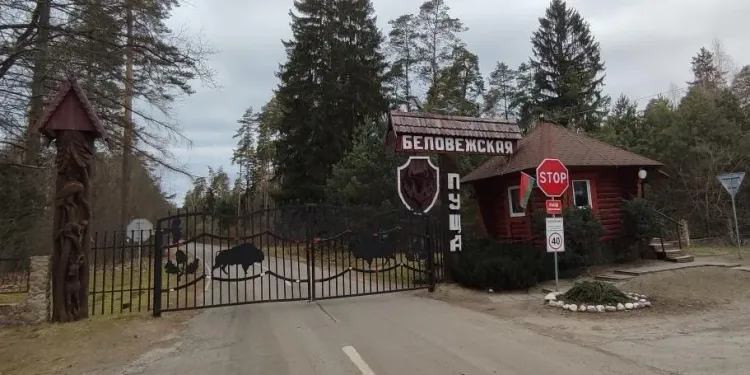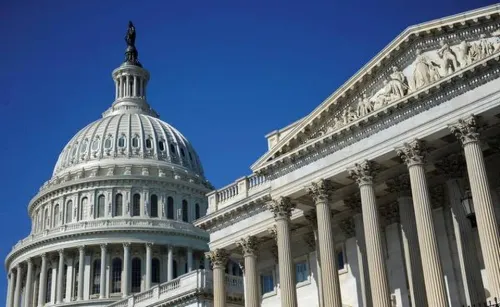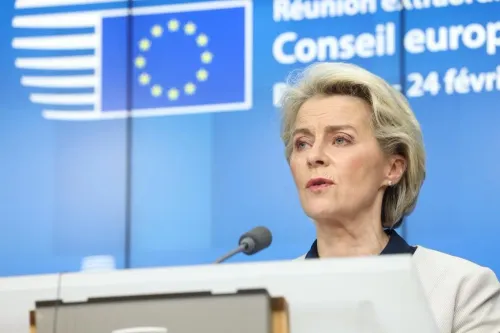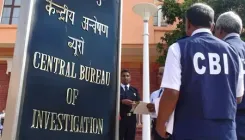Why is Lithuania Reopening Its Border with Belarus Earlier than Expected?

Synopsis
Key Takeaways
- Lithuania's border with Belarus is reopening earlier than expected.
- Closure was initially due to security threats related to smuggling.
- Border operations will resume at two key checkpoints.
- Conditions prompting the reopening were reassessed by officials.
- Technical talks with Belarusian officials are ongoing.
Vilnius, Nov 19 (NationPress) The Lithuanian government announced on Wednesday its decision to reopen the border with Belarus sooner than initially scheduled, as reported by the Baltic News Service (BNS).
The Salcininkai-Benyakoni and Medininkai-Kamenny Log border checkpoints had been temporarily closed for over two weeks.
Operations at these checkpoints will recommence on Thursday, according to a report from Xinhua news agency. Interior Minister Vladislavas Kondratovicius stated during a cabinet meeting that the National Security Commission's decisions indicated a shift in circumstances, rendering the border restrictions enforced on October 29 unnecessary for maintaining domestic security.
"It is therefore suitable to remove the restrictions on border crossings established by the government resolution," he remarked.
The Cabinet had imposed the border closure with Belarus, with certain exceptions, on October 30 for a month in response to a perceived civil aviation threat posed by balloons used for smuggling.
The Salcininkai-Benyakoni checkpoint was completely closed, while traffic at the Medininkai-Kamenny Log checkpoint faced restrictions.
Following Poland's reopening of two of its Belarus border checkpoints on Monday, Lithuanian and Belarusian border officials engaged in technical discussions on Tuesday regarding the return of stranded Lithuanian trucks, as well as issues related to smuggling and migrants, according to BNS.
In October, Poland implemented extended border controls with Germany and Lithuania for six months.
Poland initiated these temporary border controls on July 7 along its western border with Germany and northeastern border with Lithuania, later extending them to October 4. Inspections are conducted at 50 points along the Polish-German border and 13 along the Polish-Lithuanian border, as reported by the Polish Press Agency.
The Polish government has indicated that the country has already incurred significant costs in maintaining the bloc's external border, with nearly 25,000 unlawful crossings reported along the border with Belarus by early October.









